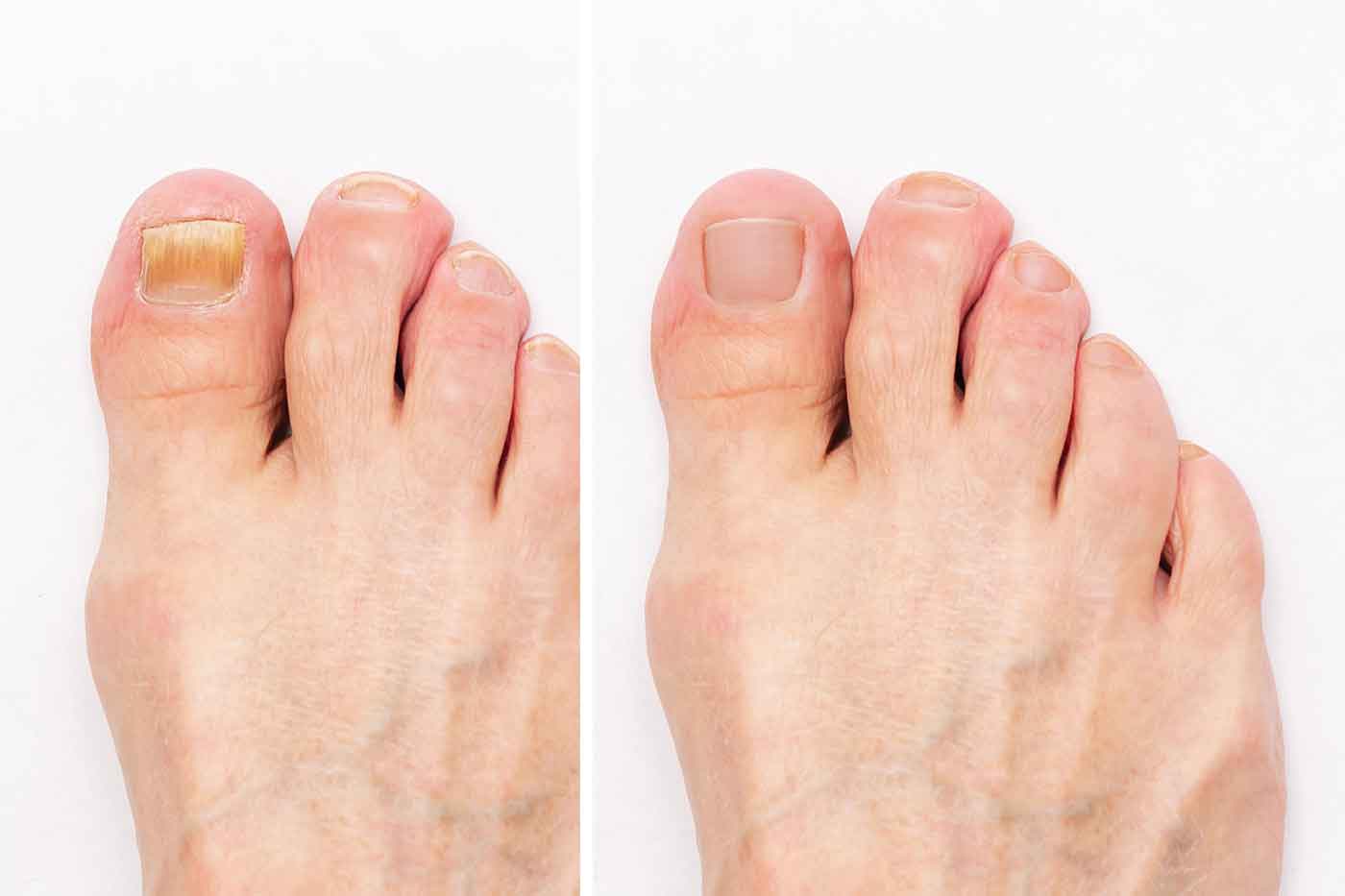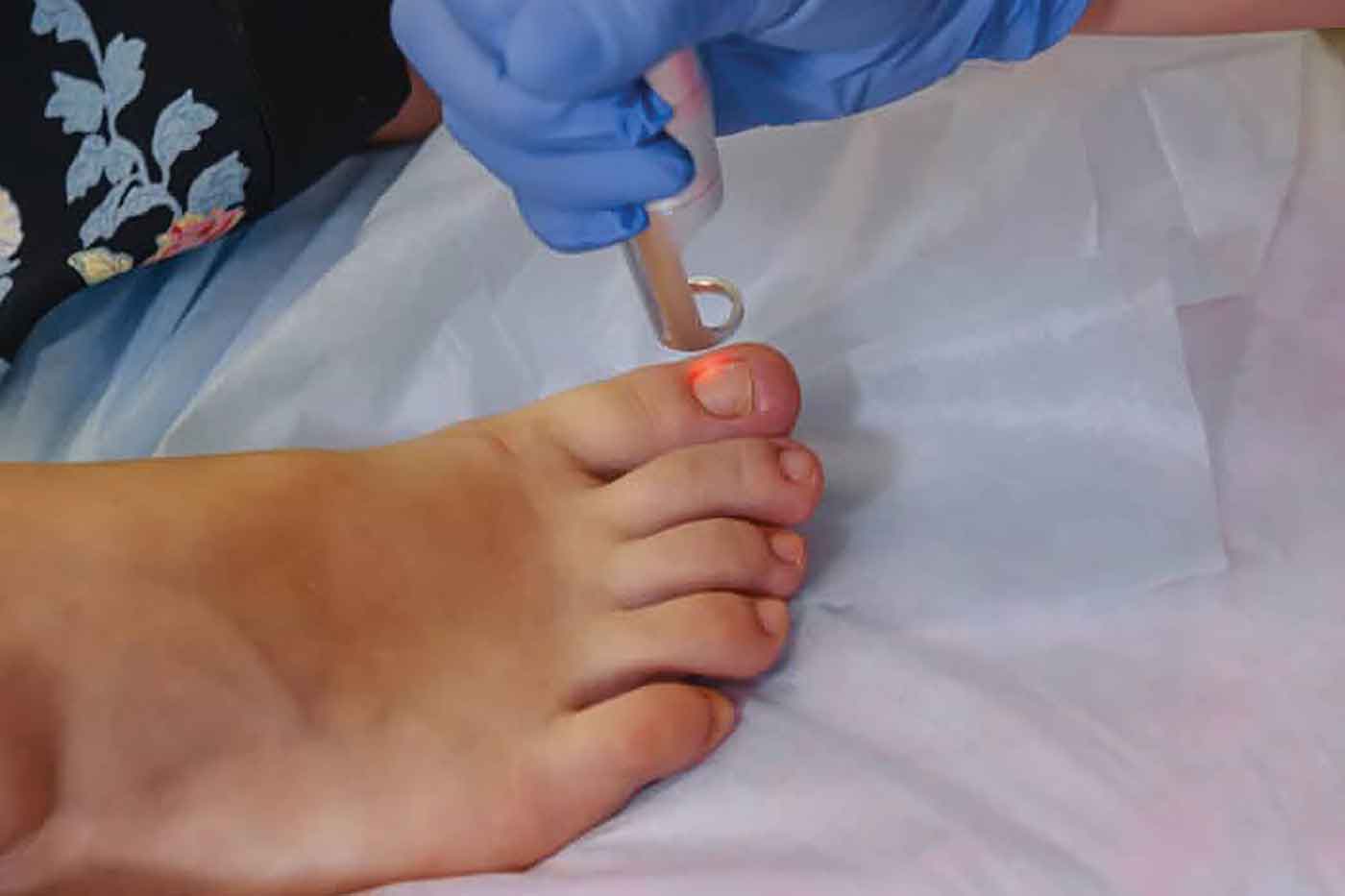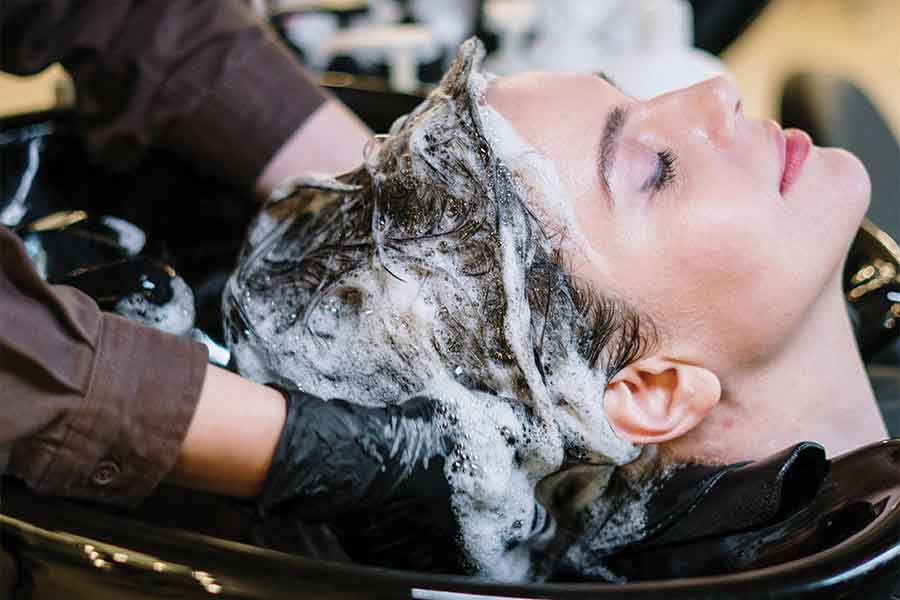Explore the latest method to treat the unsightly nail fungus.
Nail fungus or onychomycosis is a common phenomenon that starts as a white or yellow spot under the tip of the fingernail or toenail and, if untreated, can get embedded deeper into the nail, causing the nail to completely discolour, thicken, and eventually crumble at the edges. Many oral and topical treatments have tried to resolve this stubborn treatment. However, it always creeps back. With advancement in technology, laser has come as a saviour, treating nail fungus from the root without any side effects. StyleSpeak gives a complete low down on this latest treatment and its efficacy.
Causes and Signs of Nail Fungus
Nail fungus affects a lot of people, especially with age. In fact, as you grow older, there is a 50% chance of getting this infection. The most common causes of nail fungus are being in contact with someone who is infected, and continuous exposure to public places like changing rooms, public pools, gyms, and public showers, as the fungus thrives in damp and moist environments.

The most common sign of a fungal infection in the nails is white or yellow discolouration. Other than that, the nail ridges can get rougher, or the nail itself becomes thicker. Some might also experience brittle, crumbling or flaky nails. At times, the nails lift up and break at the ends too.
Laser Treatment – The latest miracle to treat nail fungus
Laser is the newest therapy to address finger and toenail fungus. It stops fungal growth and removes deep-rooted infection. There are different types of laser treatments to treat this problem. While some use lights, others prefer using carbon dioxide (CO2). Both these processes have the same result.

The laser device emits pulses of energy to produce heat so that it penetrates deep into the nail bed where the infection lies. CO2 laser or even yttrium-aluminum-garnet (YAG) lasers are used in this method. The heat breaks down the infected tissue into gas and destroys the fungus near the surrounding nails and skin. The laser heat has a sterilising effect which prevents any new growth. This process takes about 30 minutes.

Every session could cost a minimum of Rs 2,000. However, the cost can only be decided after seeing the extent of infection.
During the process
In the first consultation with the dermatologist or podiatrist, the extent of the infection is examined under a microscope, and the symptoms are checked. Before starting the process, the nails are clipped, and any dead skin is cleaned. Just before the procedure, the hand or foot is cleaned with a sterile solution and readied for the procedure.
The laser is moved over the affected area and any other neighbouring nails if there is a chance of further infection. The laser is pulsated, or different wavelengths are used to minimise the heat on the skin. Within 30 minutes, the process is complete, with no pain or any other sensation.
Recovery
The laser procedure usually does not have any recovery time, and the person can go back to their day-to-day activities immediately after the session, but for it to show some results, it can take about two months.
A minimum of two sittings would be required about 5-6 weeks apart. The fingernails can take about 3-6 months to regrow completely, while the toenails can take as long as 12-18 months.
Efficacy
Laser treatment is touted to be the most effective way to get rid of nail fungus. Compared to other topical and oral treatments, it has shown best results with little chance of further infection.
Often, oral anti-fungal medication can cause systemic side effects like gastric issues, while ointments are generally safe but ineffective. Research has shown only a 45% improvement in toenail infection with topical medicines and about 50% efficacy with oral medication. On the other hand, laser treatment has a 90% success rate.
Nail fungus is no longer something to fear. With technology advancing, nail fungus can be treated completely without side effects. So, if you are suffering from nail fungus, immediately book an appointment with a dermatologist and you will be surprised with the results.







